LIVING BODY/IES: THE INTERVIEW CORNER WITH EVA BUBLA
(Re)discover the work of Hungarian artist Eva Bubla through the interview that was part of Living Body/ies, Circostrada's first annual red-thread publication.
How does the term “Living body/ies” resonate with you?
As I hear this term, an image pops up in my mind: bodies breathe. My body, the environment, the soil, the trees, waters, plants and animals, humans and non-humans. My attention is moving from my own body to other ones, and sensations appear where one is not separated from the other.
You are an IN SITU associate artist on the (UN)common Spaces project (2020-2024). What is your role in this context?
I would say I have multiple roles. In the framework of the (Un)common Spaces project there are 16 festival partners and their Associate Artists and Associate Citizens exploring the relation and potential of art, public space, and society. This happens partly in Artistic Laboratories where all of us meet and share ideas and approaches, which then can lead to collaborations with other artists, citizens, festivals. The nature of collaboration may vary, and the local context is affecting it as well.
For instance, I was invited to the project by the Hungarian IN SITU partner, Artopolis Foundation in a double role: as an artist and curator. While I am developing my own artistic projects, I also contribute to curating a section of PLACCC Festival which focuses on environmental and ecological issues, engaging other artists, scientists, and experts as well. In the collaborations with other partners my role as an artist is more dominant. As my work is mostly based on previous research, a kind of interaction with the space and people, at this stage I am having research visits mostly to identify relevant issues and to design practices and formats based on my findings that we will realise in the coming years, but there are also residencies where I adapt already existing projects to the local context.

Your artistic work articulates current social and ecological concerns. What comes first in your creation process? Is your artistic approach predominant or do you build around the environmental message you want to convey?
I think the two are quite intertwined. I perceive the world and impulses with an artistic mindset, and main sources of inspiration are my daily experiences. A great number of my projects were inspired by the environmental challenges I personally had to face. Using artistic methodologies, I reflect on them with an attempt to make certain conditions and experiences visible, tangible, creating a space for contemplation, understanding, looking for new perspectives, other ways of doing, or as such, catalysing a kind of change in attitudes or even actions. Therefore, there is a strong element of consciousness but also a great deal of improvisation and flexibility.
To give some concrete examples, the first version of my project Designated Breathing Zone was a reaction to the disappearance of green areas and the growing level of air pollution I experienced when I returned to Indonesia in 2019. I fell sick with my tonsils and imagined a future where we can only breathe through incubated plant modules; this is how the speculative object incubating the sansevieria plant, an effective air purifier was born. During the pandemic the project got a new meaning, and Public Breathing Practices were installed on a busy street of Budapest, while the adaptation done in collaboration with Sardegna Teatro was rather focusing on local scents and aromatic plants that facilitate breathing based on the interactions we had with the ladies of local association Rimettiamo Radici. Air pollution is quite an issue in Pristina as well due to the use of coal in the winters, so as a research prac- tice, I gave a workshop at HAPUfest called Aroma Mapping, a smellwalk in which together with the participants we were looking for the various scents and odours, and the human activities that are related to them to define the smell profile of the area. This format enables participants to experience and bond with their surroundings in a new way, but at the same time serves as research data for further development of Designated Breathing Zone. While our szabadonbalaton project with the diverse team of PAD is built around our members’ scientific research data about the Balaton, our biggest lake and its area, where we use artistic formats such as a concept bar of ecological processes, which can be applied in different geographical contexts.
You wrote on your website: "The events of the past year have fundamentally changed our daily lives and our relation to the environment, urban spaces, and fellow human beings. Our sense of alienation – the distance between us – has been growing, while even regardless of the pandemic, the pressing social and ecological challenges of our times make the creation of a healthy relationship with our environment more urgent than ever before." Can you tell us more about the project Sensing the City that you carried out in 2021 in Budapest and what you wanted to achieve with it? How did the local population react to it?
Sensing the City is the curatorial project whose first edition took place in 2021 at PLACCC Festival in Budapest, and engaged various artists in creating public art installations and performances, as well as joining thematic talks together with experts from sectors related to the topics discussed in the artworks. The project intro above is having less relevance today than in the first year of the pandemic, there is no longer much of a distance among people in contrast with the first waves, but addressing planetary urgencies through local environmental and ecological challenges, and a sensory approach to perceiving, understanding, and creating a dialogue about them are still of primary focus. The curatorial concept is the continuation of my own artistic methodology, an experimentation to facilitate the (re) connection of human and non-human beings and care for each other. An invitation to use our senses for exploration. A platform to raise awareness on issues that might be overlooked or ignored. The projects selected through our open call addressed quite diverse topics and were held in unusual, public spaces, which made it easier to reach larger and more diverse audiences. Art events in traditional venues normally mobilise a certain circle of people, but by bringing these works and the discussions to the public space, random passersby can also come across them. The first reactions here in Hungary are normally surprise, a gaze from the distance, but there are always ones who will approach, ask questions, reflect, engage, learn and share. The Not Quite California Wonder project of Fuzzy Earth in the market hall enabled people who were doing the shopping to explore a speculative scenario through film and arte- facts in which the bell pepper shares memories about its altering role as a plant, food, industry, symbol of political power, and ecological catalyst. Passersby could sneak into the world of waste management and utilisation through the Firework installation of Katalin Kortmann-Járay – Bálint Katona – András Kaprinyák, who used projections, sound, smoke and taste related to the incinerator of the municipality. The soundwalk of MOME students and researchers created an experience of the sonic environment around a previously abandoned plot, which has been turned into a community garden in close collaboration with the local municipality and Rév8. And the most extreme example, the There is No End performance of SVUNG Re- search Group, invited participants to a twelve-hour vigil near an abandoned cemetery to reflect on the circle of life and death, and its relation to waste.
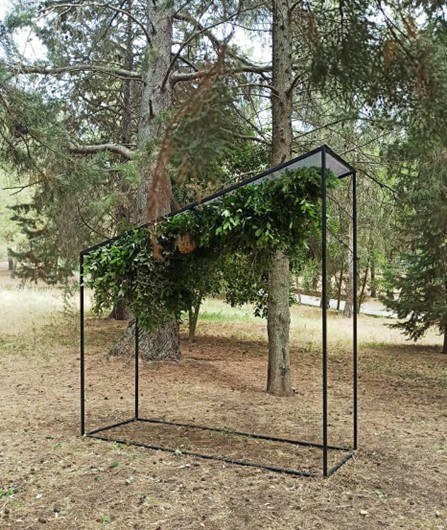
Would you say ecological issues and the connection to the natural environment is a topic addressed by many artists around you at the moment? If so, why do you think so?
Due to the focus of my work in recent years, I got surrounded by likeminded people, but I also feel that there is a growing number of artists approaching such issues, and in general, also a greater interest in the whole of the cultural (and civil) sector. There is a lot to explore of course so that these works and initiatives have real relevance and meaning. More and more people understand the urgency and the need to start a dialogue, let it be a kind of activist or a rather symbolic, poetic approach.
Do you believe it is the responsibility of artists to raise awareness on these issues? Do you believe art in the public space can make a long-term difference?
I believe it is a chosen responsibility, not a general one. Art itself and the role of an artist is quite diverse and we should position ourselves in roles that we resonate with, which feel authentic. To me, this choice came quite organically, as first I dealt with environmental issues as a civilian due to my personal needs, but it gradually appeared in my art as well and have been at the heart of it ever since.
I do believe that for any long-term impact there is a need for a consistent presence and engagement. It may mean an artist working with the same community on a long-term, popping up with the same theme in various locations of the chosen context, or a festival regularly showing works that address such issues to its audience. Change can be triggered on a small-scale, personal level, but individuals make up communities and societies. Of course there is an indispensable need for change from the top-down, on the legislative or corporate level, but - call me an idealist - I believe in the bot- tom-up approach and hopefully meet in the middle. At the same time, there are certain things we cannot change or bring back, but then we need to learn and change our attitude and ability to adapt. It is also worth noting that measuring change in an artistic context will always be problematic. I would say we need to keep working for what we believe in and what we care for.
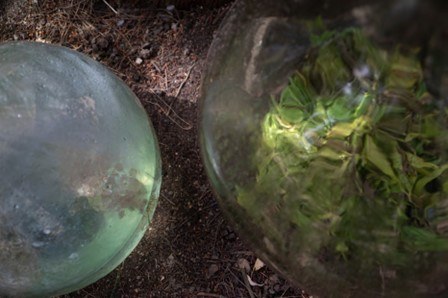
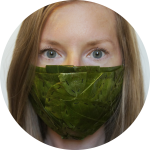
Eva Bubla (1985) is a Hungarian artist and activist. At the boundaries of art and science, her projects focus on ecological and social issues. She is keen on working together with local communities and other sectors; these forms of interactions define the sort of experiences she fabricates, or whether an object, an installation, a performance, or a workshop is born.



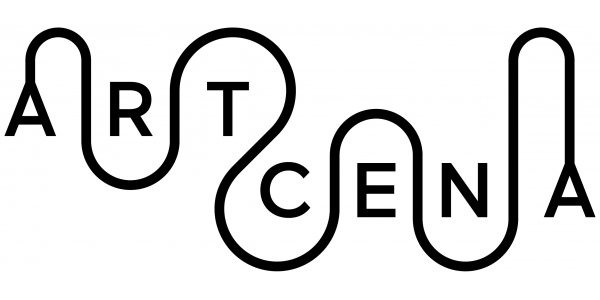

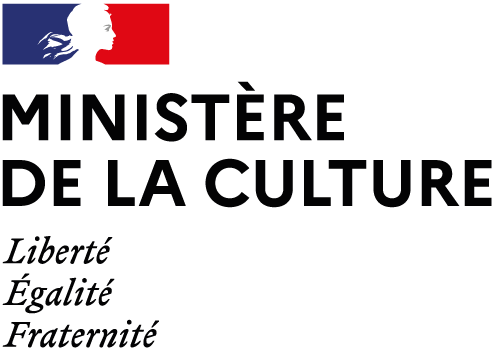
write us: infocircostrada@artcena.fr